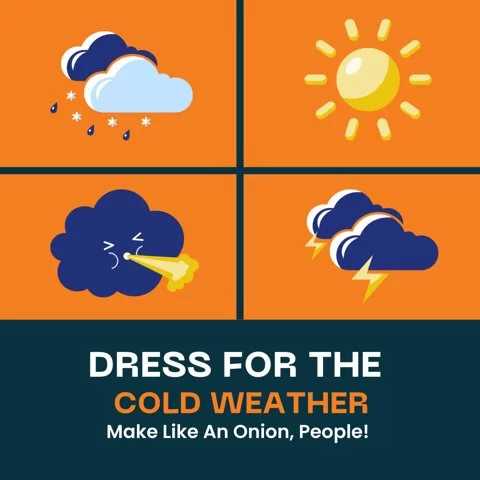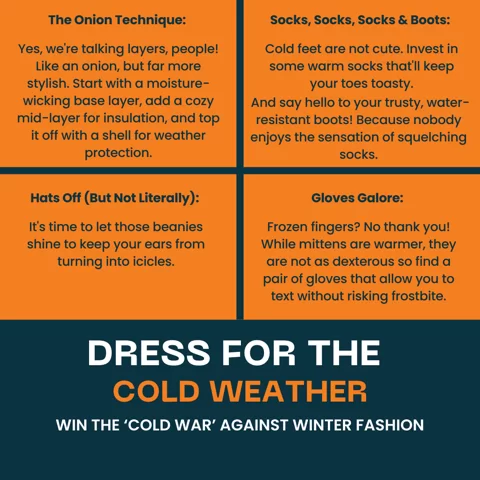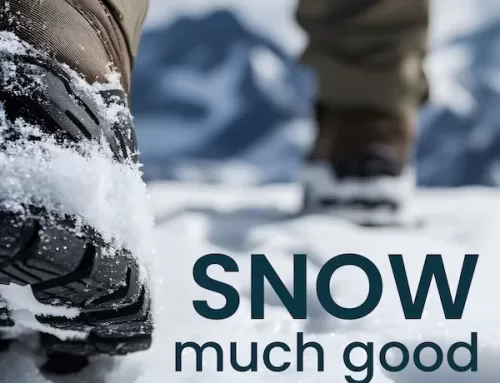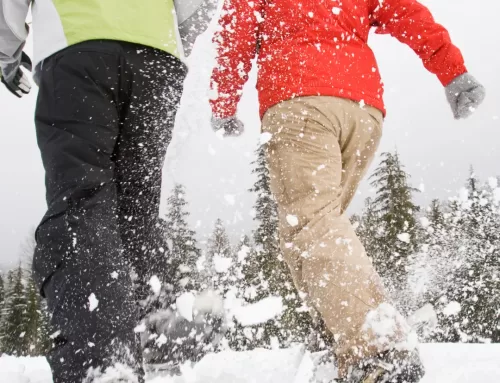We have enjoyed some amazingly warm fall weather but we all know that’s going to change in the near future. Winter is on the horizon, which means it’s time to change the way we’re dressing to combat the colder weather.
The old adage of dressing in layers still rings true, but having the ability to adapt to changing conditions is key. Those changes can come externally, say from changing temperature and/or weather conditions, or internally, as your body warms due to increased physical output. The ability to add a layer when you’re chilly or removing one when you’re too warm can greatly affect your comfort during the day’s adventures.
The Onion Technique:
Your layering system can be broken down into three components; the base, mid, and outer layers. The base layer is in charge of moisture management. It’s the layer that is closest to your skin. It acts as a wicking layer, pulling sweat away from your body towards the surface of the fabric where it can evaporate. A base layer that holds moisture will make you feel cold the moment you slow down or stop to rest. You can also choose a different thickness, or weight, depending on the outside temperature and how physically active you’ll be. Merino wool and synthetic fabrics are excellent choices for base layers.
The mid layer is all about warmth. This is the layer that provides insulation by trapping body heat while continuing to transport moisture to the surface. You’ll want garments that fit nicely over your base layer, allow for comfortable movement, and aren’t too bulky. Fleece and down are popular choices for mid layers.
The outer layer is your weather protection. Commonly referred to as a ‘shell’ this layer doesn’t offer much in the way of warmth, but will protect you from the elements; think wind, rain, and snow. It’s important that this layer still breathes as it will allow moisture from the previous two layers to escape. If not, you will end up soaking wet underneath your shell, resulting in you feeling very cold. Gore-tex is one of the most popular options out there, but many top brands now have their own proprietary options available. When operating properly, your layering system will work together to pull moisture outwards, while trapping body heat inside, keeping you warm, dry, and comfortable
Now that you’re layered properly, you don’t want to forget about your feet, hands, head, and face.
Hats Off (But Not Literally):
Toques are a fantastic option for trapping heat and protecting your ears from frostbite. Neck warmers, scarves, and balaclavas will help keep your face warm but be cognizant that exhaling into these fabrics will cause them to get wet and possibly freeze, affecting both comfort and performance.
Gloves Galore:
Mitts are warmer than gloves, but reduce manual dexterity. Having a thin glove liner inside your mitts is a great option.
Socks, Socks, Socks and Boots:
Warm socks inside waterproof boots will greatly assist in keeping your feet dry and comfortable. Adding gaiters overtop of your boots will help prevent snow from getting inside.
There’s an old saying in outdoor circles, ‘there’s no bad weather, only bad clothing.’ For the most part, that saying is correct. If you dress appropriately, you can have an enjoyable time outdoors, no matter what Mother Nature throws your way.






